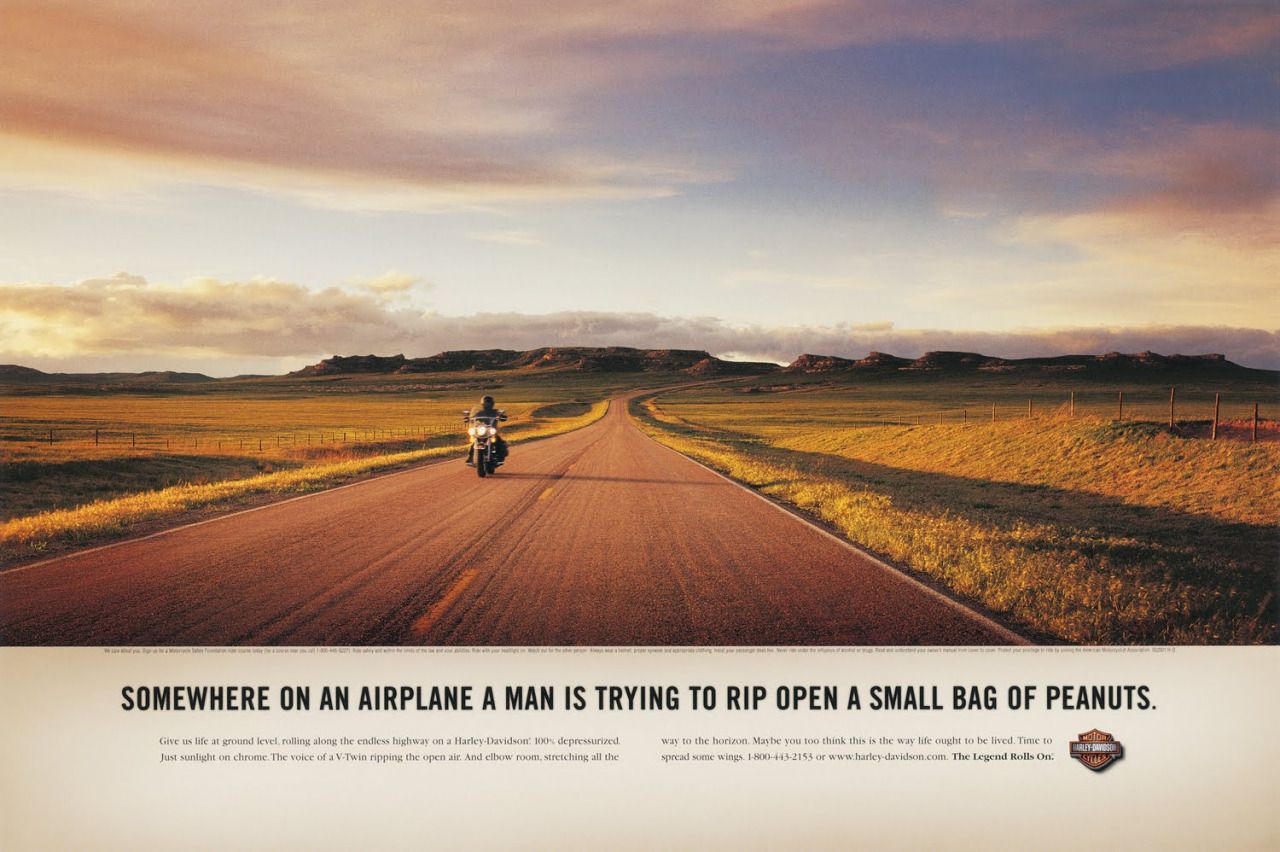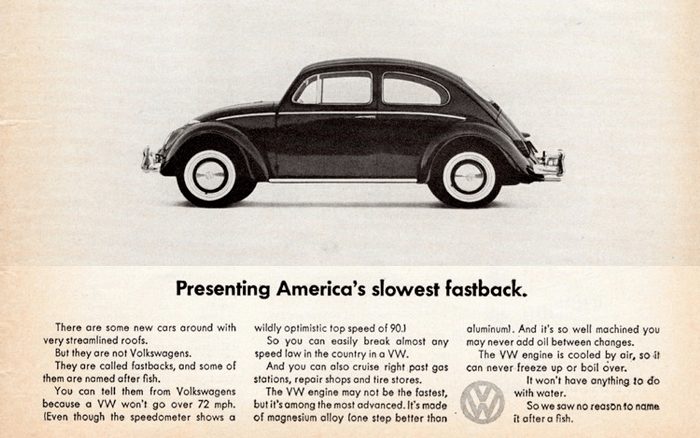Searching for that one big idea that will supercharge your marketing strategy? For sure-fire results, try this incremental approach instead.
If you’re in a highly competitive sector, you’ll know that getting the edge on your competitors doesn’t come easily. Brands in fast-moving industries – FMCG and retail, for instance – are always looking for the next big idea to transform their marketing efforts and boost their bottom line. But what if the secret to generating more action is actually in the small stuff?
When made regularly and consistently, marginal gains can add up to a big difference. And that might just lead to the transformation you’re looking for.
Recipe for success
We can’t talk about the impact of marginal gains without looking at one of its biggest success stories: British Cycling. Back in 2003, having netted just one Olympic gold since 1908 and no British Tour de France winners, British Cycling hired performance director Dave Brailsford to improve their fortunes. Brailsford’s strategy focused on what he called the ‘aggregation of marginal gains’: “The whole principle came from the idea that if you broke down everything you could think of that goes into riding a bike, and then improve it by one percent, you will get a significant increase when you put them all together.”
And when Brailsford said ‘everything’, he really meant it. Starting with redesigning bike seats and introducing heated shorts to maintain optimum muscle temperature, Brailsford’s team went in unexpected directions. Which were the best massage gels for muscle recovery? Can thorough hand-washing techniques reduce infections in cyclists? Which pillows gave cyclists the best night’s sleep? No stone was left unturned.

The results were huge. And they arrived faster than anyone expected. Five years later, Great Britain won 60% of the road and track cycling gold medals at the 2008 Olympic Games. Four years later, British Cycling claimed seven world records and its first Tour de France win.
Marginal gains in marketing
The key lesson here is the importance of making small and consistent improvements. It’s tempting to focus on those one or two defining moments that capture the imagination. But in truth, it’s those marginal gains that don’t seem significant on their own that often add up to something spectacular.
So how do you translate this into a marketing context? Take a look at every element of your marketing strategy and see if there is a way to make it 1% better. Is a website button 1% more effective if it’s yellow rather than white? Can you reframe a service to help 1% more of your audience understand it better? It all adds up.
If you don’t know where to start, you can work out where the quick wins are by asking your marketing team seven questions.
Quick win questions
Can we label our products better?
The language we use to define something can impact whether certain people associate with it (or not). Just a single word can make the difference. For example, this study examined how labels can influence the number of people who order a certain dish at a restaurant. Although the dish and its description were the same, more meat-eaters chose the ‘curry stew’ than the ‘vegetarian curry stew’ – 2.6x more. The key difference was that the word ‘vegetarian’ convinced lots of meat-eaters to discount the dish before they even really knew what it was. The underlying question to ask here is: how do your customers see themselves?
Can we paint a more vivid picture?

The headline copy for this image could have read: ‘The freedom of the open road’ or something similarly vague. Concepts like ‘high-quality’ and ‘freedom’ crop up regularly in advertising copy, especially for big-ticket items. The trouble is, they don’t stick in the mind long because they are not tangible. Abstract ideas are often the product of trying to appeal to too many people at once. Freedom is different for everyone and tough to visualise – but we’ve all been that person crammed into a cramped aeroplane seat wrestling with a tiny packet of peanuts. And having that comparison makes ‘freedom’ feel tangible.
Can we use The IKEA effect?
You’d have thought that getting customers to finish making your product would put them off, right? Turns out that’s not the case. The IKEA effect suggests that people attach more value to products they have built themselves – even if, actually, the retailer has done almost all the work. That emotional connection is highly valuable.
To apply this concept to marketing – and create a bit of intrigue while you’re at it – avoid handing everything to your audience on a plate. Invite prospects to take a moment and think about what they’re looking at. Shotton and Treharne found that ploys like this can create a 14% increase in recall. Here’s a great example from the Economist. It’s simple and super effective.

Are we being honest?
One of our favourite quotes from the great David Abbott goes like this: “Bill Bernbach used to say, ‘a small admission gains a large acceptance’. I still think he was right.” And we agree. If customers know your brand is being honest about little thing X, they’ll be more likely to trust that you’re not trying to hide something bigger. It also helps prospects to make an informed decision.

When building trust, a little honesty goes a long way. Trust is a crucial part of high customer lifetime value, and high CLV is crucial to any sustainable business.
Are we priming our audience?
Priming is a technique that encourages website visitors to focus on select information about a brand or product. Small alterations in design and copy can impact what information is front of mind when customers reach each stage of the buying journey.
To demonstrate this technique, researchers in an electronics shop approached customers who were looking to buy a new laptop and asked them a few questions. Half were quizzed about memory requirements, and the rest, about processor speeds. With no further prompting, most of the first group chose to buy computers with higher memory capacities, while the majority of the second group went for computers with faster processors.
The takeaway? When making a purchasing decision, people give greater importance to information that is front of mind. So if there’s a feature of your product or brand that you want people in your audience to focus on, priming them first might go a long way. Priming comes in many forms, and can be as subtle as a website’s choice of background.
Can prospects recall the right information?
Studies show that people are more likely to remember the gist of something they have read or heard than specific details. That’s because to avoid overloading our brains, we summarise information before storing it in long-term memory. This is called the Verbatim Effect.

From a marketing standpoint, it’s important to remember that more than half of the people who visit your website will spend just 15 seconds there before heading somewhere else. Those 15 seconds are all you have to convey your offering and make it memorable, and that should have a big influence on how you structure your website and the attention you give to writing your key headlines. Here’s a point worth remembering – even if a visitor doesn’t read any of the text on one of your web pages, they should get a sense of what its most important points are and be able to remember them.
Nudge marketing – are we using it?
The term ‘nudge marketing’ incorporates a whole host of techniques that tap into our natural instincts and cognitive biases. Heuristics are mental shortcuts that reduce the amount of thinking needed to make decisions, and you can use them in your marketing to influence action.
You’ll be familiar with some of them. Social proof makes new purchases seem less risky, and scarcity encourages people to make on-the-spot purchasing decisions. But you may not have heard of others like extremeness aversion, anchoring effect and the decoy. Each has the potential to increase those all-important marginal gains. You can learn all about them in our article, Psy-ops Explained.
Small improvements, regularly
When marginal gains in marketing accumulate, they can make a big difference. But knowing where to start and which will make the biggest difference can be a challenge. That’s where we come in.



